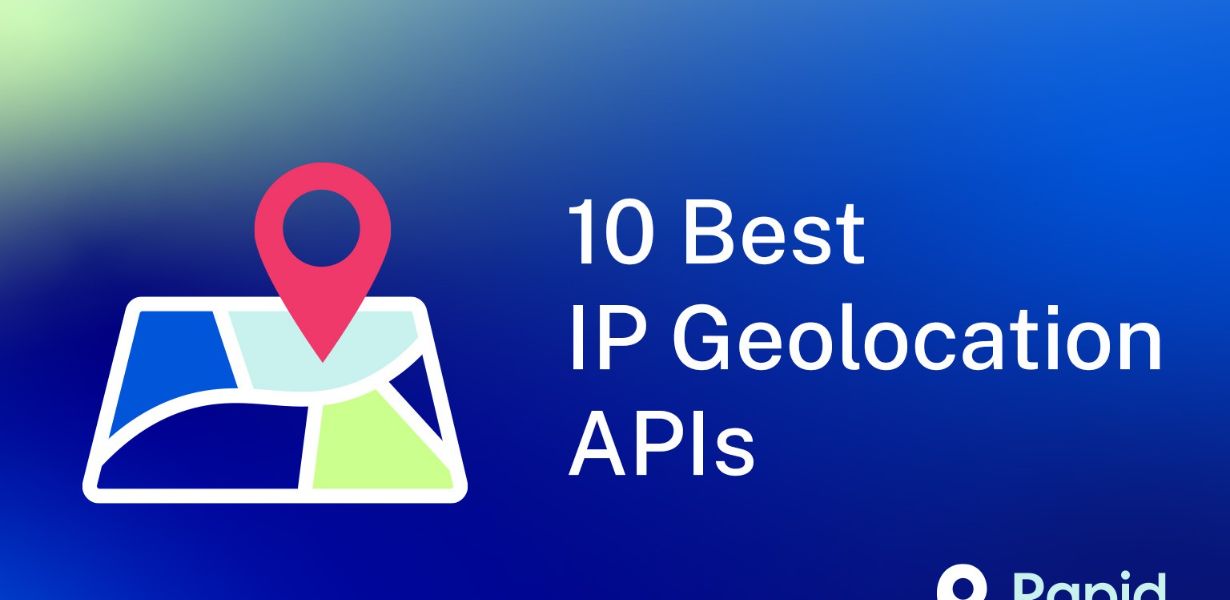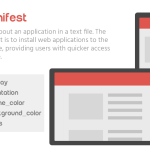
Geolocation API Integration: Illuminating Augmented Reality’s Next Phase
- Post
- August 8, 2023
- Geolocation API, Web APIs, Web Technologies
- 0 Comments
In the rapidly evolving landscape of technology, where innovation is a driving force, geolocation API integration has emerged as a transformative element in shaping the future of augmented reality (AR). The seamless fusion of geolocation data and AR opens up a new dimension of possibilities, intertwining the virtual and physical worlds in ways previously unimaginable. In this comprehensive exploration, we delve into the convergence of geolocation APIs and augmented reality, unveiling how this synergy is poised to redefine human interaction with the environment.
Introduction: Augmented Reality Meets Geolocation API
Augmented reality, a technology that overlays digital content onto the real world, has been captivating users for years. However, it’s the integration of geolocation APIs that has propelled AR into its next frontier. Imagine experiencing a city tour where historical landmarks come to life, or navigating through a complex building with digital wayfinding seamlessly integrated into your visual field. This is the reality that geolocation API integration brings—a realm where virtual layers enrich our perception of the physical world.
Geolocation API Unveiled: A Brief Primer
Before we plunge into the profound synergy of geolocation and AR, let’s acquaint ourselves with the foundation—geolocation API. Geolocation APIs are tools that empower applications to determine the precise geographic location of a device or user. The accuracy of these APIs has significantly improved, thanks to the integration of various data sources, such as GPS, Wi-Fi, and cell towers. Through these sources, applications can pinpoint locations with remarkable precision, enabling a host of location-based services.
Augmented Reality’s Gateway to the Real World
Enhancing Navigation and Wayfinding
Geolocation API integration brings a revolutionary shift to navigation. No longer confined to two-dimensional maps, AR overlays guide users in real time, indicating directions directly within their field of vision. Imagine wandering through a sprawling airport, and AR-assisted navigation seamlessly guides you to your gate, showing distance, direction, and even estimated travel time. The fusion of geolocation and AR empowers users to navigate complex environments with confidence and ease.
Enriching Cultural and Historical Experiences
Historical sites and museums become immersive playgrounds with geolocation-empowered AR. Tourists and enthusiasts can explore ancient ruins, historical landmarks, and art installations, each overlaid with digital information that breathes life into the past. Geolocation APIs provide context-aware content, delivering historical anecdotes, 3D models, and interactive experiences that bridge the gap between time periods and deepen our understanding of culture.
Revolutionizing Retail and Marketing
Retailers have recognized the potential of geolocation-integrated AR to enhance the shopping experience. Geolocation APIs allow businesses to create location-specific AR advertisements, promotions, and product showcases. Shoppers walking past a store can receive personalized offers that pop up in their AR interface, blurring the line between online and in-store shopping.
Geolocation API’s Technical Backbone
The Power of Triangulation
At the heart of geolocation API accuracy lies triangulation, a technique that calculates a device’s position by analyzing signals from multiple sources. This process involves intricate mathematical algorithms that consider signal strength, latency, and positioning of nearby cell towers or Wi-Fi access points. Triangulation ensures that location data is precise, even in dense urban areas.
Geofencing: Defining Digital Boundaries
Geofencing, a key component of geolocation APIs, establishes virtual perimeters around physical locations. When a device enters or exits these boundaries, specific actions are triggered. For example, retailers can send tailored offers to users who enter their stores, or parents can receive alerts when their children leave designated areas. Geofencing illustrates the potential of geolocation integration beyond navigation.
Geolocation API in Action: Case Studies
Pokémon GO: Gaming Meets Geolocation
The massive success of Pokémon GO exemplifies the fusion of geolocation APIs and augmented reality. Players roam real-world locations to catch digital creatures, with the game using geolocation data to place Pokémon in specific areas. The synergy between AR and geolocation paved the way for a groundbreaking gaming experience, showcasing the immense potential of this integration.
Snapchat’s Location-Based Filters
Snapchat’s location-based filters overlay dynamic visual elements onto users’ photos and videos, creating a novel way to engage with surroundings. Geolocation APIs enable the app to identify users’ locations and offer contextually relevant filters. From city-specific landmarks to geo-themed stickers, Snapchat’s AR filters epitomize the fusion of geolocation and augmented reality.
Final Words: Illuminating the Path Ahead
The integration of geolocation APIs and augmented reality marks an inflection point in how we perceive and interact with the world around us. The synergy of these technologies forms a new canvas for creativity, entrepreneurship, and human connection. As geolocation data seamlessly converges with our visual reality, we stand at the threshold of a future where the boundaries between the digital and the physical blur, reshaping industries and enriching human experiences in ways that once seemed the stuff of science fiction.
Commonly Asked Questions
Q1: What exactly is a geolocation API?
A geolocation API is a tool that allows applications to determine the precise geographic location of a device or user. It combines data from sources like GPS, Wi-Fi, and cell towers to pinpoint locations with remarkable accuracy, enabling a range of location-based services.
Q2: How does geolocation API integration enhance navigation?
Geolocation API integration transforms navigation by overlaying real-time directional information onto a user’s field of vision. This AR-assisted navigation guides users through complex environments, providing distance, direction, and estimated travel time, ensuring seamless and confident exploration.
Q3: Can you provide an example of how geolocation API benefits retail?
Certainly! Geolocation API integration revolutionizes retail by enabling businesses to create location-specific AR advertisements and promotions. For instance, shoppers passing by a store can receive personalized offers in their AR interface, bridging the gap between online and in-store shopping experiences.
Q4: How does geofencing work in geolocation APIs?
Geofencing establishes virtual boundaries around physical locations. When a device enters or exits these boundaries, specific actions are triggered. For instance, retailers can send tailored alerts and offers to users entering their stores, showcasing the versatility of geolocation integration.
Q5: What are some successful applications of geolocation API integration?
Pokémon GO, a groundbreaking game, leverages geolocation APIs to place digital creatures in real-world locations, blending gaming and exploration. Snapchat’s location-based filters use geolocation to offer contextually relevant overlays, showcasing the fusion of AR and geolocation in creative ways.




